Introduction
In an era where energy efficiency is not just a choice but a necessity, energy-efficient ceiling fans are a game-changer. These fans, designed to save you money while enhancing your interior décor, are a blend of style, efficiency, and environmental consciousness. This comprehensive guide will delve into the world of energy-efficient ceiling fans, explaining what makes a fan energy-efficient, the benefits of these fans, and how to choose the right one for your needs. We will also explore how to maximize energy savings with these fans, ensuring you get the most out of your investment.
Understanding Energy-Efficient Ceiling Fans
Energy-efficient ceiling fans are designed to save you money on your energy bills while enhancing your interior décor. They come in various styles including contemporary, rustic, airplane, and antique. These fans support LED light bulb technology, ensuring energy efficiency in lighting as well. Energy-efficient fans are rated for indoor or outdoor use, and many also feature a wet rating, making them suitable for bathroom and pool house installations. These fans are not only aesthetically pleasing but also environmentally friendly.
What Makes a Ceiling Fan Energy-Efficient?
Energy-efficient ceiling fans meet stringent standards for energy efficiency. To earn this certification, a fan must pass stringent energy-efficiency criteria. Factors affecting efficiency include blade and motor design. Modern fans often use brushless DC motors, which reduce energy consumption significantly. To be considered energy-efficient, a ceiling fan must have an airflow of 5,000 cubic feet per minute (CFM) and an efficiency of at least 75 CFM/watt at high speed. Energy-efficient models must also substantiate their efficiency through performance tests, providing minimum airflow and efficiency at both low and high speeds.
Benefits of Energy-Efficient Ceiling Fans
Energy-efficient ceiling fans offer numerous benefits. They consume up to 60% less energy than traditional fans, leading to significant cost savings on your utility bills. These fans incorporate energy-saving technologies such as improved blade design and efficient motors. By reducing energy consumption, they contribute to a cleaner and greener planet. If every household replaced one traditional fan with an energy-efficient model, it would be equivalent to saving the energy used by more than 7 million homes for a year.
Energy Efficiency
When shopping for fans, be sure to check out the fan’s airflow efficiency rating, which is measured in cubic feet per minute per watt. The higher the CFM/watt, the better. A good fan should have more than 100 CFM/watt. Running fans at low speeds will also improve how efficiently the fan moves air.
Cost Savings
Energy-efficient ceiling fans can save you money on your energy bills while enhancing your interior décor. They support LED light bulb technology, bringing savings to this operational element as well. Energy-efficient fans are rated for indoor or outdoor use, providing energy savings in various settings. If you're trying to prevent running your air conditioner by using multiple fans, it's time to consider more energy-efficient options. Energy-efficient air circulators provide sufficient cool air to the whole room with low power consumption. High-efficiency ceiling fans reduce your energy consumption, helping you save on energy costs.
Environmental Impact
By choosing energy-efficient ceiling fans, you contribute to a cleaner and greener planet. These fans consume less energy, resulting in a reduced demand for electricity and lower greenhouse gas emissions. If every household replaced one traditional ceiling fan with an energy-efficient model, it would be equivalent to saving the energy used by more than 7 million homes for a year.
How to Choose the Right Energy-Efficient Ceiling Fan
Choosing the right energy-efficient ceiling fan involves considering several factors. Firstly, size the fan to your room. A 52-inch fan works best in rooms that are 225 to 400 square feet. For rooms 144 to 225 square feet, choose a 42- to 44-inch model. Secondly, consider the installation requirements. Install the fan in the center of the room at least 7 feet above the floor for optimal airflow. Blade tips should be no closer than 24 inches to a wall or drapes. Lastly, check the wet/damp rating if you're placing the fan in a bathroom or outdoors.
Size and Room Considerations
Choosing the right size of an energy-efficient ceiling fan is crucial for optimal performance. Measure the room's length and width in feet, then multiply these to get the room's square footage. For rooms up to 75 square feet, select fans between 29 to 36 inches. For 75 to 175 square feet, choose 42 to 48 inches. For 175 to 350 square feet, opt for 52 to 56 inches. And for rooms larger than 350 square feet, go for 60 inches or wider. Remember, the right size enhances energy efficiency and comfort.
Features and Controls
Smart ceiling fans are becoming increasingly popular for their wifi-connected technology. They are easy to incorporate with your smart home. You can adjust the light kit settings and fan speed control with connected apps. A great option is a smart fan with bluetooth remote control, 6 fan speed settings, DC motor, and 3,900 cubic feet per minute (CFM) of product airflow. These features make energy-efficient ceiling fans not only efficient but also convenient and user-friendly.
Style and Aesthetics
When it comes to style and aesthetics, energy-efficient ceiling fans come in a variety of designs and colors. They offer fans in colors like matte black, satin nickel, and white. They also offer features like color-changing integrated LED lights, remote controls, and different blade spans. Some models are suitable for both indoor and outdoor use, adding versatility to their aesthetic appeal. The blade color family includes silver, white, black, gray, brown, bronze, gold, and beige, offering a wide range of options to match any decor.
Maximizing Energy Savings with Energy-Efficient Ceiling Fans
Maximizing energy savings with energy-efficient ceiling fans involves choosing the right model and using it effectively. These fans are designed to consume less energy, with potential savings of up to $15 per year. They operate optimally, maintaining a steady airflow and reducing strain on your air conditioning and heating systems. Energy-efficient fans are also durable, reducing the need for frequent replacements. Additionally, purchasing these fans may qualify you for rebates and incentives, further enhancing your savings. Remember, proper usage and maintenance are key to maximizing these benefits.
Proper Installation
Installing an energy-efficient ceiling fan properly is crucial for maximizing its efficiency. Start by turning off power to the outlet. If replacing an old fan, disconnect any wires and remove the existing fixture. Mount the junction box and bracket, then set the downrod, considering the ceiling height and angle. Wire the ceiling fan, and if your fan's mounting bracket has a hook, use it to hang the fan while wiring. Finally, attach the blades and bulb, restore power, and enjoy the energy-efficient breeze.
Effective Usage
For effective usage of energy-efficient ceiling fans, consider the fan's direction. In summer, run your fan counterclockwise, and in winter, run it clockwise for efficient air circulation. By adjusting your thermostat accordingly, you could save up to 40% during summer and 10% during winter. Also, ensure the fan is hung no lower than 7 feet above the floor, with 8 to 9 feet being ideal. This maximizes energy savings and enhances the fan's cooling effect.
Maintenance Tips
Regular maintenance of your ceiling fan enhances its efficiency and lifespan. This includes changing the blade direction depending on the season, keeping the fan clean to avoid dust buildup, and conducting routine inspections to identify and fix any loose or damaged components. If your fan requires oiling, ensure to use the recommended oil type. By treating your ceiling fan well, you can enjoy energy-efficient cooling in summer and warmth in winter.
Conclusion
Energy-efficient ceiling fans are a smart choice for those seeking to save on energy costs while contributing to a greener planet. These fans, with their efficient motors, improved blade design, and smart features, offer a blend of style, convenience, and energy efficiency. Choosing the right fan involves considering factors like room size, installation requirements, and aesthetic preferences. But the journey doesn't end at purchase. Proper installation, effective usage, and regular maintenance are key to maximizing the benefits of these fans. By making the switch to energy-efficient ceiling fans, you're not just choosing a fan, but a lifestyle of energy efficiency and environmental responsibility.
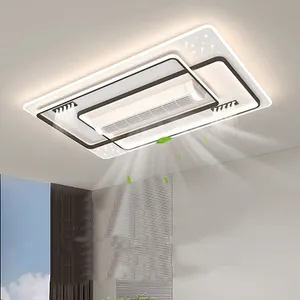

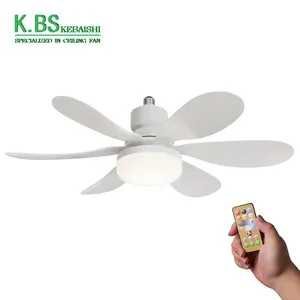

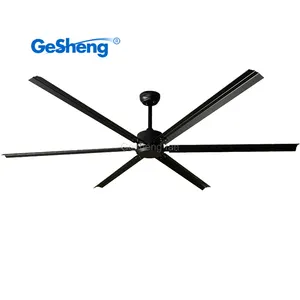

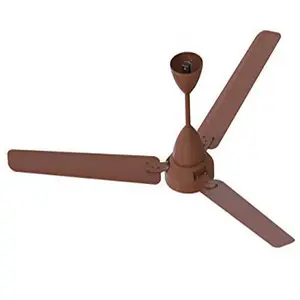


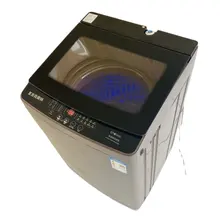

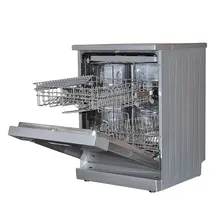
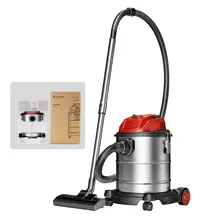


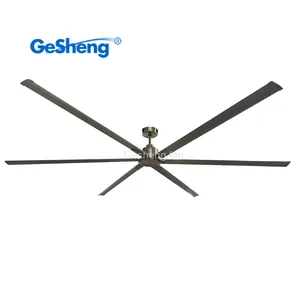
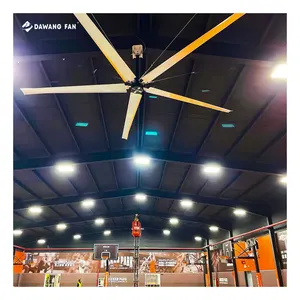























 浙公网安备 33010002000092号
浙公网安备 33010002000092号 浙B2-20120091-4
浙B2-20120091-4